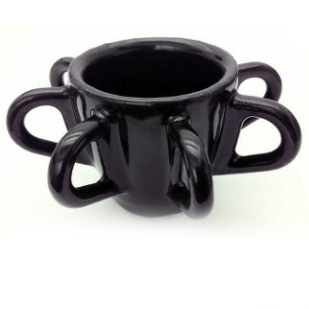In certain industries designers and computer specialists make use of 3d printing or what is known as addictive manufacturing. This is a process whereby solid objects that have been designed in three dimensional computer systems are brought to live by using 3d printers. Unlike subtractive printing with involves carving and cutting of a block of material to produce a defined object, 3d printing involves the adding of materials to deliver a solid object that will correspond with the template available through computer aided design. Additive manufacturing has plenty of applications in many industries including architecture, aerospace, jewelry, footwear, education, civil engineering, medical and dental industries, industrial design etc.
How 3D Printing Works
To achieve 3d printing of an object it must first be designed using CAD software or certain types of animation modeling software. After the model has been virtually created it will then need to be transformed into virtual thin lines that are in horizontal cross sections. Then the machine is commanded to produce the solid model from the virtual data in successive layers. Most machines are able to interpret data from a software environment when they are in STL file format. With the use of triangular facets an STL file format is able to approximately measure the shape of the part that is to be assembled so as to produce a high quality surface.
Before the machine can print it must first read the design in the virtual form, and then begin to lay successive layers of printing materials which can be in powder, sheet material, or liquid. These layers do not need an additional adhesive to fuse them and they are automatically bound together during the printing process. One great benefit of these types of printing is the ease in the process and the ability to deliver any kind of printing of different shapes and sizes.
To get a perfect finish in any design or manufacturing there is a need for some fine-tuning of the outer surface. In traditional injection molding system manufacturers make use of fillings or drill to make their product have a good finish. In 3d printing there are two alternative methods used to deliver a fine finish. One is to produce a larger size, in solid, of the virtual model so that the extra material can be cut off using subtractive methods. The other method makes use of two materials from the onset of printing. The inner material is hard, while the outer one is much lighter so that the object is later subjected to factors like heat, water or some kind of solvent is used to eliminate the outer object in order to produce a fine finish.
Benefits & Uses
Additive manufacturing is used in industries for the production of different kinds of material using different types of industry relevant methods, which may include rapidprototyping, granular materials binding and photpolymerization. There are also 3D printing machines for domestic use which is more of a hobbyist approach, rather than a serious household application. Many household hobbyists have used 3d printers to produce timepieces, gears for domestic woodwork and ornamental objects.
Additive manufacturing has many benefits including being fast, reliable, flexible, easy to implement and less expensive – as long as you’re not doing mass production. But if you want to produce high quantities of objects, especially polymer products, then you will need to settle for other types of manufacturing methods like injection molding. However, contemporary methods are very slow, taking hours or days to deliver models; depending on the technology you’re using and the shape of the object. Additive methods are fast and models can be produced in a few hours.


